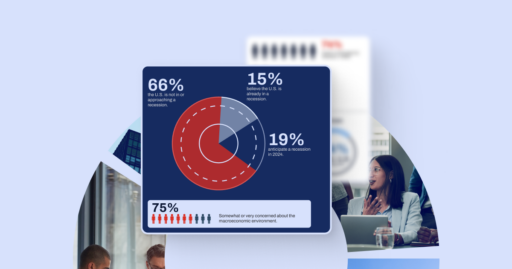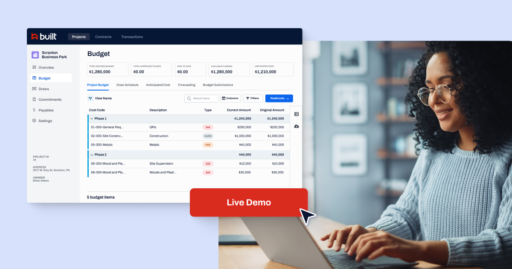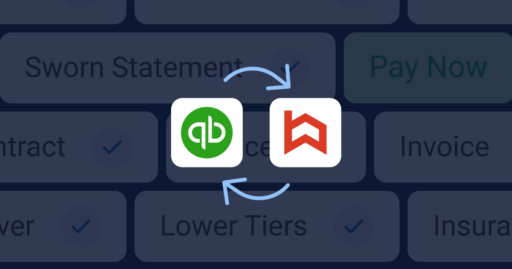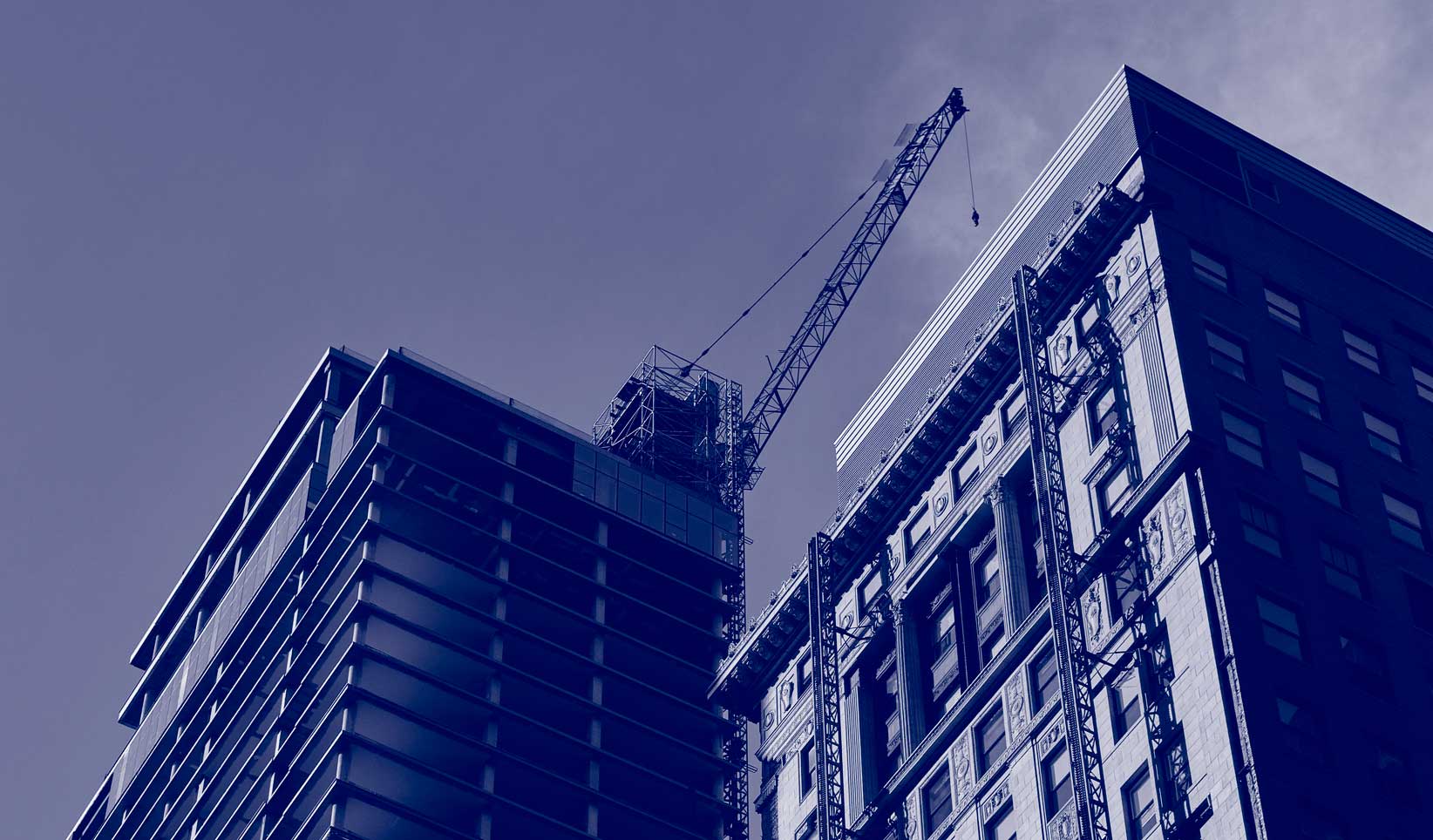Streamline Subcontractor Retention With Faster Payments

The success of construction projects depends on contractors finishing the task at hand and adhering to the project plan. Retention holdbacks, also known as retainage, are frequently used in projects to hold contractors accountable. Each party involved in a project, including the owner, general contractor, and subcontractor, must account for these refrains. By keeping track of these funds, it is ensured that when the project is finished, everyone will receive their appropriate compensation.
According to Associated General Contractors of America’s 2023 Construction Outlook National Survey, 80% of GCs responded by saying they had a difficult time filling “hourly craft positions”. Given the macroeconomic headwinds of today, retention is more important than ever.
What is subcontractor retention?
- Subcontractor retainage refers to withholding money set aside from a contractor’s payments to a subcontractor until the completion of the work.
- The payment amount is typically a percentage of the total contract value but can vary depending on the project.
- Retention payments are held until certain milestones are completed and inspected, and may be released in installments.
Why retainage matters
Retainage is an important part of the contract process between contractors and subcontractors. It helps protect both parties from financial losses in the event of a dispute. Furthermore, the timely payment of retainage is the key to building trust. Delayed payments can hinder subcontractors’ ability to work by causing financial and project delays. To ensure subcontractors are paid quickly, contractors can use software retainage payment solutions to streamline the process.
Benefits of faster payments
Using automated solutions to streamline the release of funds reduces the risk of delays and ensures the timely delivery of money. When a GC is ordered to release funds to a vendor, automation allows contractors to easily set up payment schedules and track their status. Plus, subcontractors can receive notifications when funds are due or paid. This helps to reduce communication gaps and enables both parties to obtain visibility. Mainly, an automated solution allows both parties to see the cash flow materialize.
The benefits of a faster payment process are clear:
- Increased efficiency: Contractors and subcontractors stay on track and reduce delays.
- Improved relationships: Trust is built between both parties, which leads to improved business relationships.
- Reduced risk: The chance of financial losses for both contractors and subcontractors is decreased.
- Increased productivity: Subcontractors can focus on getting the job done, rather than worrying about when their payment will arrive.
How can Built increase retention?
Payment management from Built allows you to automate payments, monitor lower-tier vendors, receive subcontractor pay apps, and manage compliance paperwork and lien waivers with ease. It can be stressful and time-consuming to track down documentation from subcontractors, and other technology solutions are outdated, inflexible, and only cover portions of the payment workflow. Built enables subcontractors to correctly fill out pay applications based on an approved schedule of values and sign conditional lien waivers each pay period directly in the app. Plus, you can set up auto-reminders to make sure compliance never lapses and notify your subcontractors when those compliance documents are due. Ensure your records are airtight by tracking the flow of funds from the original bid, make check day less stressful, and make sure your subcontractors are paid on time. Planning payments that are automatically distributed after receiving and approving an unconditional lien waiver, allows you to establish trust with your subcontractors. The completion of the project depends on funds being released, so let Built manage the heavy lifting to assist your back office run as efficiently as possible.
FAQ
- What is the purpose of subcontractor retention?
Subcontractor retention is designed to improve cash flow and reduce any delays or discrepancies between contractors and subcontractors. It also helps to ensure that subcontractors are paid on time and that paperwork and lien waivers are up to date so that the practical completion of the project can be achieved without any issues. - Who typically holds subcontractor retention funds?
Typically, the contractor holds the funds in an escrow account until the project is completed, and then the funds are released to the subcontractor. - What legal regulations govern subcontractor retention?
Depending on the country and state, different legal regulations may apply. It is important to familiarize yourself with the applicable laws and regulations to ensure compliance with them. - How can subcontractor retention help protect against disputes?
Having a long-term relationship with a subcontractor can create a greater sense of accountability, which can help to minimize disagreements. By investing time and resources into subcontractor retention, businesses can help ensure the best possible outcomes and protect against costly disputes.







